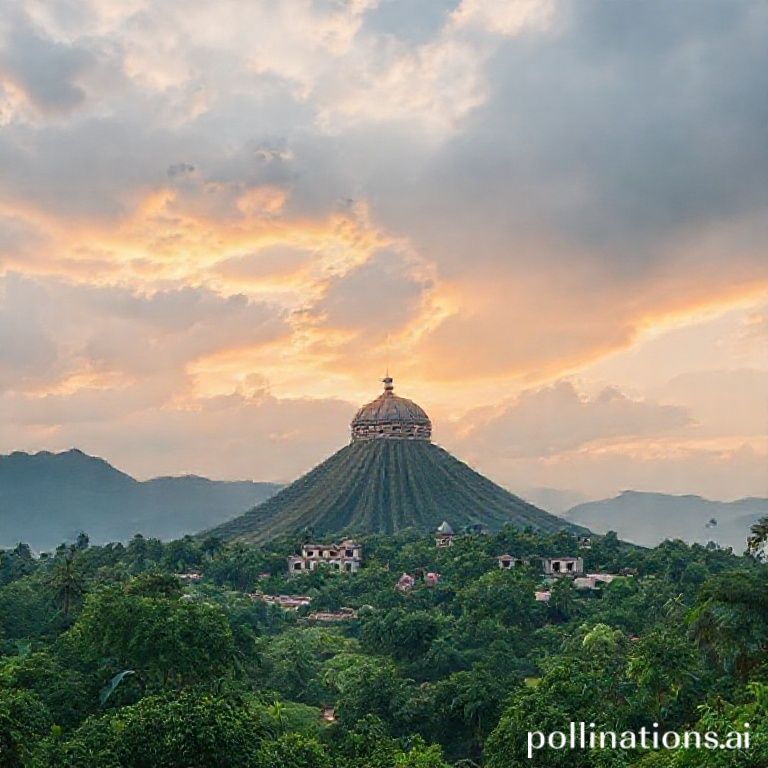The Tren Maya, also known as the Mayan Train, is one of Mexico’s most ambitious infrastructure projects in recent history. Spanning across the Yucatán Peninsula, this railway aims to connect key tourist destinations, stimulate economic growth, and improve the quality of life for local communities. But as construction progresses, many are asking: what does the future hold for the Tren Maya project, and what impact will it have on the region?
Understanding the potential future of the Tren Maya requires considering its economic, social, and environmental dimensions. While the project promises numerous benefits, it also faces significant challenges that could shape its long-term success. Let’s delve into the projected impacts and challenges of this transformative project.
Economic Opportunities and Growth
One of the primary goals of the Tren Maya is to boost economic development in the Yucatán Peninsula. By connecting popular tourist spots like Cancún, Tulum, and Calakmul, the train aims to facilitate easier and more efficient travel for tourists, encouraging them to explore a wider range of destinations.
Increased Tourism Revenue
- Direct Impact: The train will likely increase the number of tourists visiting archaeological sites and smaller towns that were previously less accessible.
- Indirect Impact: New businesses, such as hotels, restaurants, and tour operators, are expected to emerge along the train route, creating jobs and generating additional income for local communities.
Job Creation
Beyond the tourism sector, the construction and operation of the Tren Maya are expected to create thousands of jobs. These opportunities range from construction workers and train operators to hospitality staff and service providers. The long-term employment prospects could significantly improve the livelihoods of many residents in the region.
Social and Cultural Impacts
The Tren Maya is poised to bring significant social and cultural changes to the Yucatán Peninsula. While these changes offer certain advantages, they also require careful management to preserve the region’s rich heritage and unique way of life.
Improved Connectivity
- Access to Services: The train can enhance access to essential services such as healthcare, education, and employment opportunities for people living in remote areas.
- Cultural Exchange: By facilitating travel between different communities, the Tren Maya can promote cultural exchange and understanding, fostering a stronger sense of regional identity.
Preservation of Indigenous Cultures
It is crucial to ensure that the development associated with the Tren Maya respects and protects the rights and traditions of indigenous communities. Measures must be taken to involve local populations in decision-making processes and to mitigate any negative impacts on their cultural heritage. This includes safeguarding archaeological sites and promoting sustainable tourism practices that benefit indigenous communities directly.
Environmental Considerations
The environmental impact of the Tren Maya has been a subject of considerable debate. While the project aims to adhere to environmental regulations, concerns remain about potential deforestation, habitat fragmentation, and damage to sensitive ecosystems.
Sustainable Practices
- Reforestation Efforts: Implementing large-scale reforestation programs to offset the loss of trees due to construction is essential.
- Wildlife Corridors: Establishing wildlife corridors along the train route can help mitigate habitat fragmentation and allow animals to move freely between different areas.
Eco-Tourism Opportunities
The Tren Maya can also promote eco-tourism by providing access to natural reserves and protected areas. Sustainable tourism practices, such as guided nature tours and community-based tourism initiatives, can generate revenue while minimizing environmental impact. Balancing economic development with environmental stewardship is crucial for the long-term sustainability of the project.
Challenges and Potential Risks
Despite its potential benefits, the Tren Maya faces several challenges that could affect its future success. Addressing these challenges proactively is essential to ensure that the project delivers on its promises.
Financial Sustainability
Ensuring the long-term financial viability of the Tren Maya is critical. Factors such as ridership levels, operating costs, and ticket prices will all play a role in determining its financial sustainability. Effective management and strategic planning are necessary to avoid financial losses and ensure that the project remains viable over time.
Community Engagement
Engaging with local communities and addressing their concerns is paramount. Transparent communication, meaningful consultation, and fair compensation for any displacement or disruption caused by the project can help build trust and ensure that the Tren Maya benefits all stakeholders.
Conclusion
The Tren Maya project represents a significant undertaking with the potential to transform the Yucatán Peninsula. Its future impact hinges on effectively balancing economic development, social equity, and environmental sustainability. By capitalizing on the opportunities it presents and mitigating its potential risks, the Tren Maya can contribute to a brighter future for the region, fostering economic growth, preserving cultural heritage, and protecting the environment for generations to come. The journey ahead requires collaboration, innovation, and a commitment to responsible development.
If you found this analysis insightful, share it with your friends and fellow travelers. Stay tuned to Life in Mexico for more updates on the Tren Maya and other exciting developments in the country!
IMAGE: A wide-angle shot of the Tren Maya train traversing through the lush green jungle of the Yucatán Peninsula. The train is modern and sleek, with Mayan-inspired design elements. The scene is set during a sunny day, with vibrant colors and clear blue skies. In the background, ancient Mayan ruins are partially visible, hinting at the region’s rich history. The mood is optimistic and adventurous, capturing the essence of exploration and cultural discovery. The style is realistic and high-definition, suitable for travel and tourism publications.


